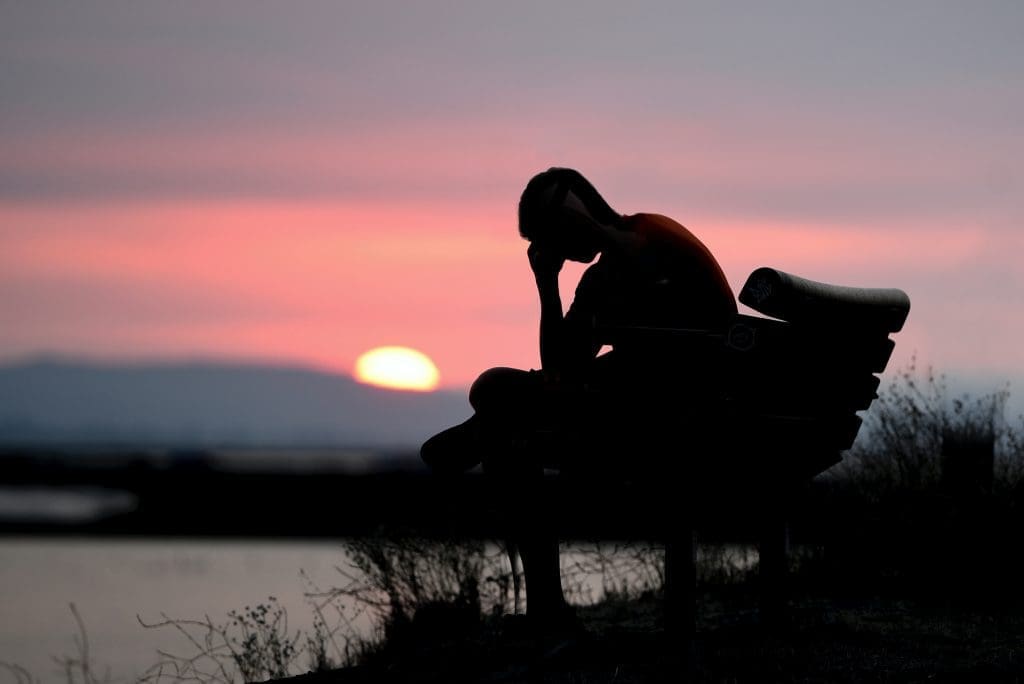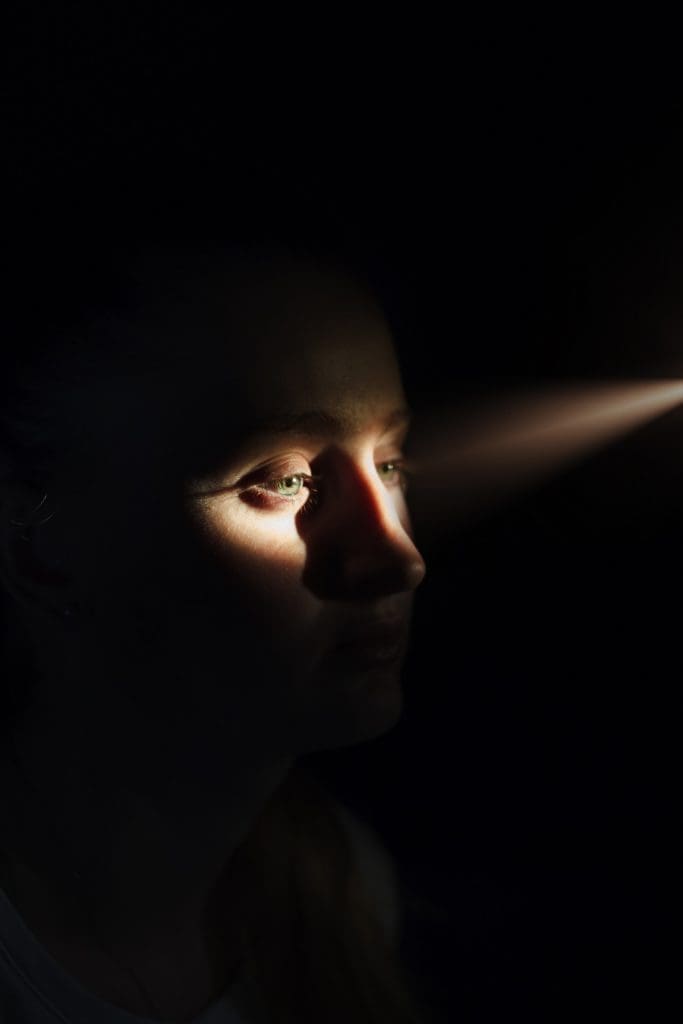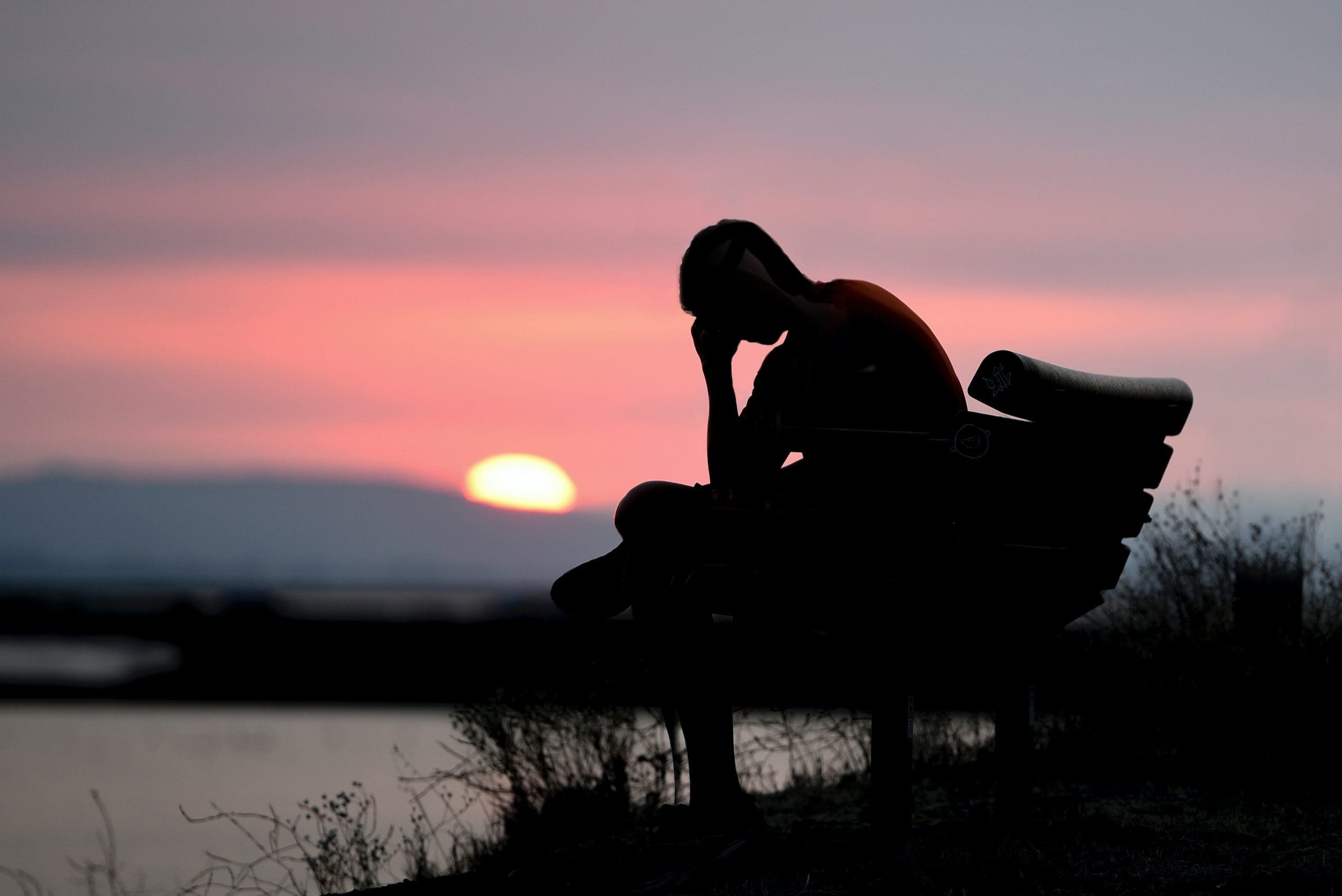Discussing Seasonal Affective Disorder
If you start feeling a little different this time of year, you’re not alone. Millions of people are affected by the shortage of light and the colder temperatures. It’s not just due to 2020’s gift that keeps on giving, either. This is a disorder that has been observed for decades and is called Seasonal Affective Disorder..
We are talking about the Seasonal Affective Disorder (SAD.) It can happen any season, but it tends to occur during wintertime. In this post, we will look at what SAD is, the causes, and what you can do about it.

What is SAD?
SAD happens when the seasons start to change. This leads to people have symptoms that tend to be associated with bipolar or major depressive disorder, though depression is the more common out of the bunch.
SAD tends to happen in young adulthood, usually around the 20s/30s. Of course, anyone of any age may start to feel depressed with the changing seasons.
What Are Its Symptoms?
SAD has several different symptoms, many of which tend to be similar to depression. Here are some of them.
- You don’t feel as energetic. You may end up taking an extra energy drink or feel tired even if you slept.
- You’re enjoying activities that you used to love a whole lot less.
- Feeling depressed is a common symptom. You may feel sad or have low self-esteem for no reason.
- You tend to eat more. This tends to lead to weight gain, combined with everything else going on in the winter season. With that said, the opposite can happen as well, and you end up losing weight. Eating less tends to be associated with summertime SAD.
- SAD can affect your sleep. Many people have hypersomnia, which involves sleeping more than usual. While getting some extra sleep isn’t bad, you can have too much. With that said, some people can end up with insomnia as well. Again, that is more of a summer SAD thing.
- For some people, bipolar disorder can happen. You may experience episodes of mania in addition to depression.
Feeling upset or off on occasion may not necessarily indicate SAD. However, if you feel these symptoms more days than not, you may want to look into it.
How SAD affects people can be different from person to person. Some are affected all season, with symptoms subsiding when the seasons change. For others, it may not affect them all season, but it instead comes and goes.
Then, some people are affected one year, but not the other. This can be a little confusing if you are someone who is affected by SAD.
What Causes It?
Like any disorder, SAD can have several causes. Let’s look at them.
- The lack of sunlight. In some places, the sun may go down before you can even get off work and rise after you’re at work. The lack of sunlight can be the main culprit behind wintertime SAD. Alternatively, too much sun can lead to summertime SAD.
- Changing sleep patterns can contribute too. If you sleep too much or too little, you may end up feeling more depressed. The sun plays an integral part in how we go to bed.
- Genes may also play a role. Some people may be more prone to SAD than others. If your family has had a history of it, you may end up with SAD as well.
- Eating more and working out less is also a contribution. Unless you have a strong winter workout going, you may end up with increased symptoms.
- Sometimes, personal issues may contribute to SAD as well. If you’re a retail worker, the holiday season may be stressful. Alternatively, other stresses about this time of year may be contributing to how you feel.
-


Photo by Victorien Ameline on Unsplash
What to Do
If you are experiencing SAD, you should not wait until the seasons are over. It is treatable. Here are some ways you can fight back.
- Eat right and exercise. Exercise can improve mood and improve your sleep cycle, and eating the right amount of food can help too. Do workouts indoors if you have to.
- Get the right amount of sleep. People tend to oversleep during this time of year, so have an alarm and get 7-8 hours of sleep each night.
- Try to distract yourself with a good movie, a fun hobby, or anything else that gets your mind off your dark thoughts and anxieties.
- Try light therapy. Expose yourself to sunlight each day to help regulate your biological clock. Some artificial lights for therapy exist, too. This can help with your SAD.
When You Need Help
This season, it’s okay to admit that you’re depressed and need help. Some people can help you with SAD and any other issues you are having.
A therapist can help determine if you are suffering from a disorder or if it’s something more. Then, they can help you take steps to improve your overall life.
Therapy can also be done online. With so many people staying home, speaking to a therapist from the comfort of your own home may be the solution that you need. If you want to learn what online therapy can do for you, go to https://www.betterhelp.com/ to learn more.
Besides therapy, you may need some medication, too. A professional can help give you antidepressants and help to wean you off when the seasons start to change. That way, you do not have to be on them all year round if you do not need them after winter.
Final Thoughts | Seasonal Affective Disorder
The season doesn’t have to be a time of sadness. By recognizing SAD and looking into treatment methods, you can retake winter. Whether it’s because you’re sleeping more or due to the lack of sunlight, there are cases where SAD is an easy fix. For all the other cases, treatments are available for you.
Author Bio: Marie Miguel has been a writing and research expert for nearly a decade, covering various health-related topics. She is currently contributing to the expansion and growth of a free online mental health resource with BetterHelp.com. With an interest and dedication to addressing stigmas associated with mental health, she continues to specifically target subjects related to anxiety and depression.




